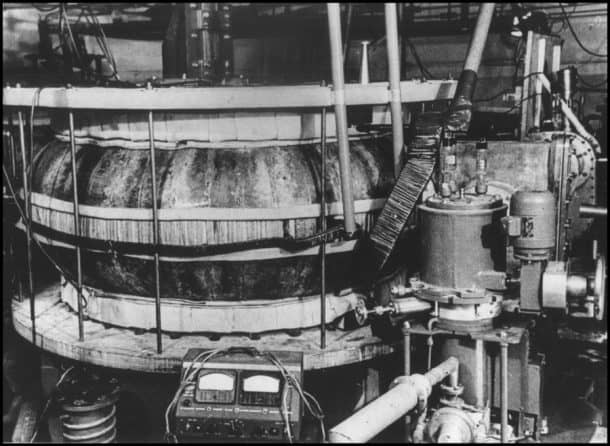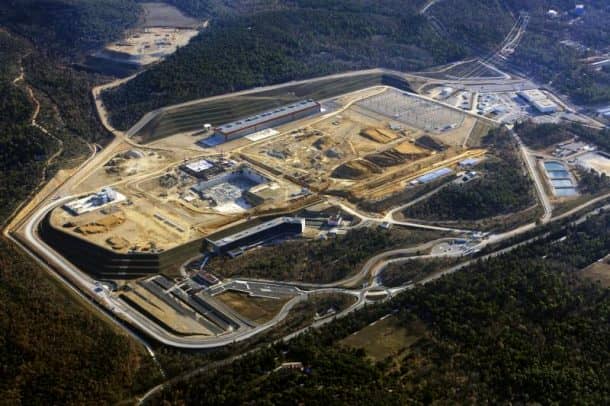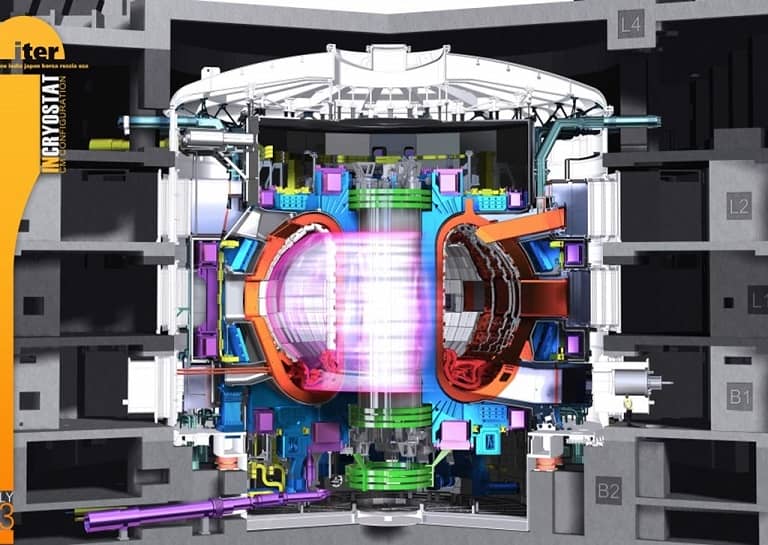This year has been the hottest year of the planet so reducing the carbon footprint has become a pressing issue for years now. But humans need energy, the demand is increasing and burning of oil and gas is non-renewable and it taxes the environment to some extent.
What if there was a source of energy that could produce a million times more energy than any other source? What if the energy generation was unlimited? No, this is not an engineering fantasy. We are talking about Fusion Energy, the energy of stars!

Obstacles in Fusion Energy:
How to initiate fusion reaction?
- Very High Temperatures – for energized particle collision
- Sufficient plasma particle density – to increase the probability of collisions
- Confining plasma-state for sufficient amount of time – to contain plasma in a specific volume as it has the tendency to expand.
The reactors will fuse together deuterium and tritium (radioactive isotopes of hydrogen) and form helium and release immense amount of energy. This will begin a chain reaction that is self-sustaining. The biggest issue for the reactor is sustaining the plasma pressure and temperature that touches 100 million degrees. Scientists have been able to sustain a temperature of about 50 million degrees Celsius but for just 102 seconds which is not enough.
For generation of power, scientists need to crack the fusion energy break-even point – a point where the input energy is at least same as output energy which has not be achieved to this day. The maximum is power generation of 70% of the input and this record is held by JET.

What is ITER?
After 60 years of work in the field of fusion energy, scientists are giving the final touches to the world’s largest tokamak reactor that is expected have a positive energy output. It is an international projects with engineers and scientists from various countries working to produce a fusion reactor that is self-sustaining and can harvest the power of sun. The project is ITER or International Thermonuclear Experimental Reactor.
It covers an area of 42 hectares, and will have more than 5,000 people working at the plant. Being the largest tokamak reactor it is 8 times larger than the second largest tokamak. If all goes as planned, ITER will generate a power output of 500 MW with an input of just 50 MW making history that mankind has harnessed the power of the stars.
How does ITER work?
Being the world’s largest tokamak ever built, ITER will have a plasma radius of 6.2 m and its plasma volume is 840 m³. Huge magnetic coils would be wrapped around the center of the doughnut shaped device. The magnetic field from the coils will trap the intense heat produced in the generator going as high as 150 million degrees C.
Massive amounts of electricity will be needed to ionize the electron and break off the charged particles from the nuclei forming plasma. These highly energized particles will neutralize the electromagnetic repulsion and cause the small particles to fuse together and release great amounts of energy.

What will ITER do?
- Produce 500 MW of fusion energy from 50 MW of energy input for at least 400 seconds.
- Bridge the gap between a functional reactor and experimental fusion devices to show integrated operation of technologies.
- Obtain a sustainable deuterium-tritium plasma that can withstand internal heating. ITER will hopefully be self-sustaining.
- Tritium breeding test: Tritium reserves are diminishing so the generator will also attempt production of tritium so nuclear energy can be a renewable energy.
- Demonstrate that the fusion reactions in ITER will be safe and cause no harmful effects to the environment.
Future Prospects of Harnessing the Energy of Sun:
With global warming, energy crisis and climate change as emerging global issues, the world is looking for energy solutions that are both renewable and environmentally friendly. Successful testing of world’s largest thermonuclear reactor for fusion energy generation is a quantum leap in the right direction. However, the road is long and we have a long way to go before we can harness the unlimited power of the stars! What do you think? Is it an engineering fantasy or can we achieve this someday? Let us know in comments!



Yet another worlds largest non working fusion power plant.